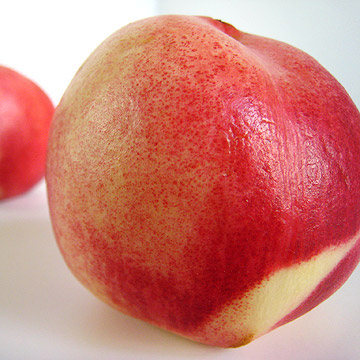
Step 1: Select & Buy a Nectarine
A mild, soft fruit, nectarines make a tasty single-fruit puree. They're very similar to peaches, except nectarines have very smooth, fuzz-free skin. When purchasing fresh nectarines (best in mid- to late-summer), look for fruit that's free of nicks, bruises, and other blemishes. A ripe nectarine will vary in color from greenish yellow to mostly reddish with a yellow background, and it will give slightly when you squeeze it. Since nectarines are part of the "dirty dozen" – foods with the highest pesticide residue – it's a good idea to buy organic. One nectarine yields about four ounces of puree.

Step 2: Wash the Nectarine
Wash the nectarine with a mixture of three parts water and one part white vinegar to remove bacteria. Rinse under cool running water and dry.
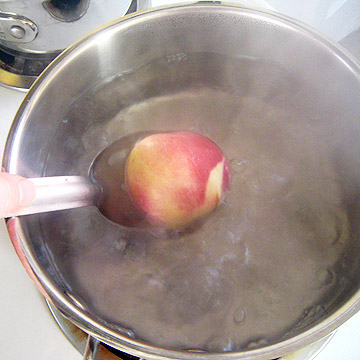
Step 3: Peel the Nectarine
Bring water to a boil in a medium saucepan and then add the nectarine to the water for about 45 seconds. With a slotted spoon, remove nectarine from boiling water and plunge into an ice bath immediately. After the nectarine has been full submerged, remove and peel the skin with your fingers or a sharp paring knife.
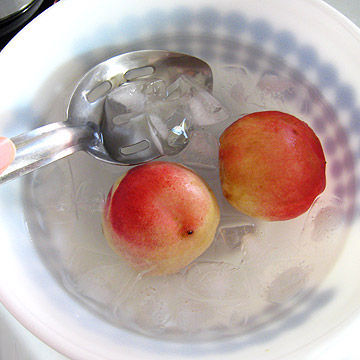
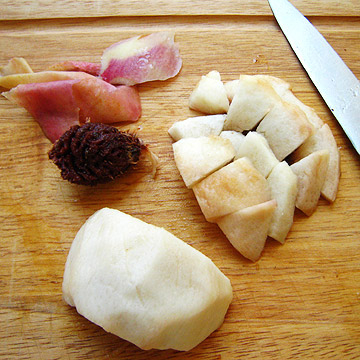
Step 4: Pit & Slice the Nectarine
Slice the nectarine in half, lengthwise, working your way around the pit. Twist and pull the nectarine halves apart. Use a spoon to pry out the pit, or stick the blade of a sharp knife into the pit and twist until the pit pops out. Slice each half into small chunks.
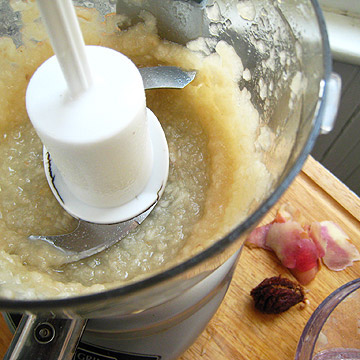
Step 5: Puree or Mash the Nectarine
Puree nectarine in a food processor or blender until smooth. Add water as needed to reach desired consistency.
For chunkier nectarine puree, which is ideal for babies 10 months or older, mash the nectarine with a potato masher instead of pureeing it.
Step 6: Serve the Nectarine Puree
Sweet, mild flavored nectarine puree is delicious plain. To introduce your baby to new textures and flavors, mix the puree with other fruits, meat or poultry, oatmeal, or full-fat yogurt. Try mixing nectarine puree with:

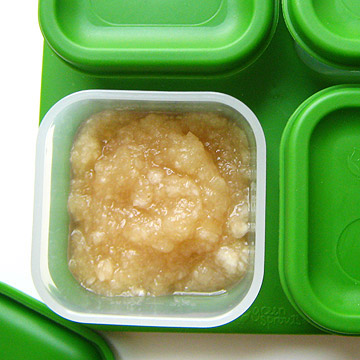
Step 6: Refrigerate or Freeze Leftover Nectarine Puree
Refrigerate leftover nectarine puree in BPA-free containers for up to 3 days. Freeze leftovers for up to 3 months. Thaw overnight in your refrigerator.
Note: Always check with your pediatrician before introducing your baby to a new food, particularly if your baby has food allergies. Additionally, some pediatricians do not recommend making your own carrot, beet, or spinach puree because these fresh veggies can be higher in nitrates.
Copyright & copy 2011 Meredith Corporation.
Parents Magazine
